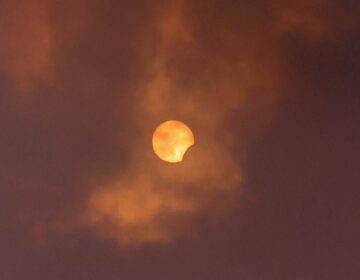Volunteers Needed for Stellar Sleuthing
Listen 05:38
Wanna get your hands dirty in astronomy? Backyard Worlds: Planet 9 is a newly revised version of a Zooniverse Citizen Scientist data-mining project for finding nearby failed stars and exoplanets created through a collaboration of a number of research agencies including NASA, NOAO, AMNH, STSci, ASU, UCSD, and others. The project, done by human searches through a new double-size data set, depends on the acuity of the human eye to discern differences between data and noise in digital images. There are enormous mountains of data to go through, far more data than can be examined by individual astronomers in any reasonable amount of time and significant discoveries can be made by amateur researchers.
So-called stellar streams are associations of stars; typically a globular cluster or a dwarf galaxy orbiting a galaxy that has been stretched out along its orbit and torn apart by tidal forces. There are 18 known streams in our Milky Way galaxy, one of which is a mere 330 light years from Earth.
Since it’s close enough for astronomers to measure its stellar members precisely, we can get better estimate of our galaxy’s true mass because we can use the stream’s motion to measure the gravitational pull of our galaxy on it.
LOFAR Survey reveals hundreds of thousands of previously unmapped galaxies Low frequency radio telescope array is spread across northern Netherlands and nearby countries have surveyed 25% of the sky and the first 10% of data is now available for study, revealing the existence of 100,000 galaxies that were previously unseen.
This detection system is different from a visible light survey which only shows the visible light component of an object in space.
Observing in other frequencies, like radio, reveals additional processes and details otherwise unknown, resulting in an incomplete picture of the universe’s operation.
Night Sky highlights this week: Wednesday thru Saturday morning around 5:45 , a waning crescent moon slides past Jupiter, Saturn, then Venus in that order. Mars is quite high in the west, southwest and still stunningly bright!
WHYY is your source for fact-based, in-depth journalism and information. As a nonprofit organization, we rely on financial support from readers like you. Please give today.




